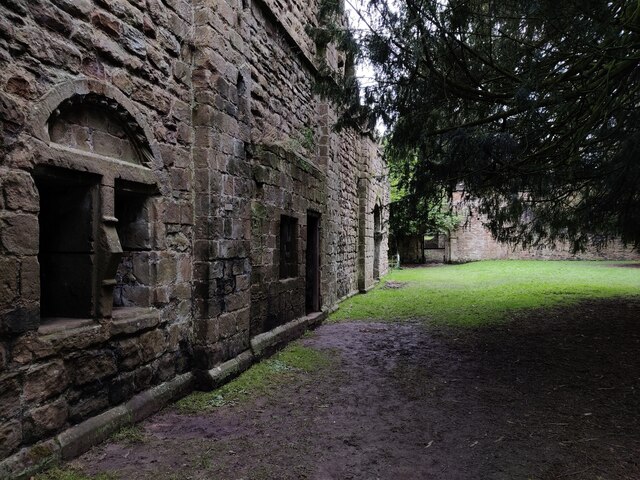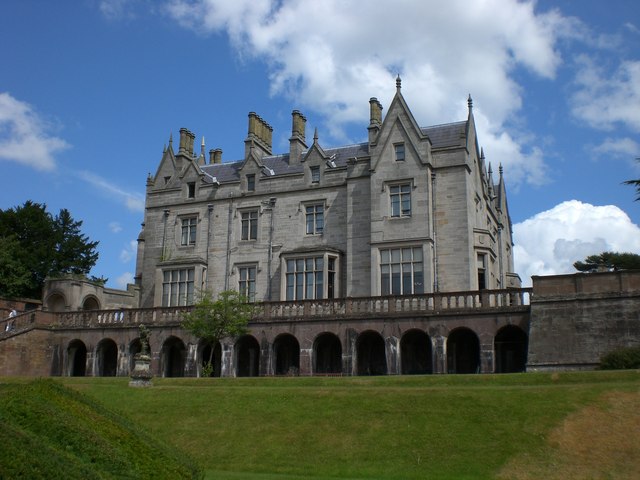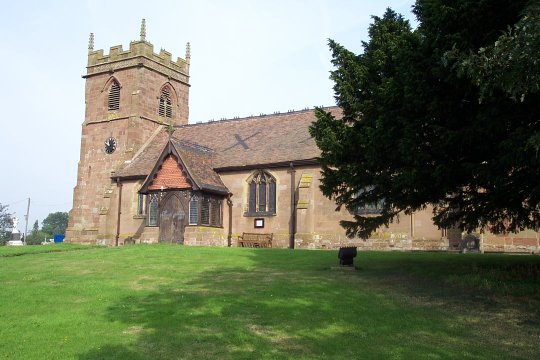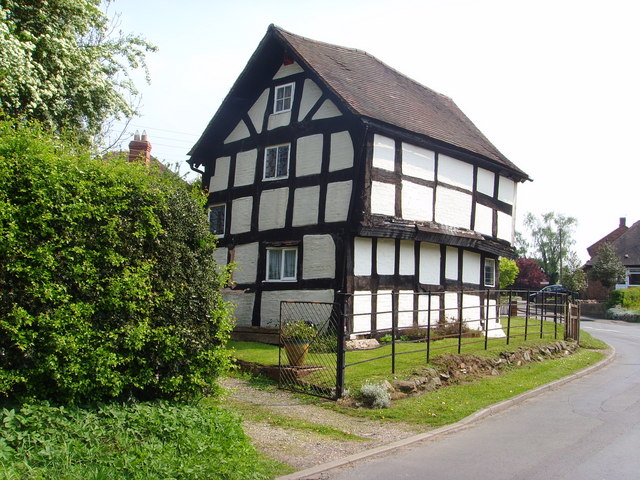Abbey Wood
Wood, Forest in Shropshire
England
Abbey Wood

Abbey Wood, located in Shropshire, is a picturesque woodland area that offers a serene and tranquil environment for visitors to immerse themselves in nature. Situated near the village of Buildwas, this forested area covers an expansive area of approximately 200 acres.
The wood is primarily composed of broadleaf trees, with a diverse range of species such as oak, ash, birch, and beech creating a rich and vibrant canopy. The dense foliage provides a habitat for various wildlife, including birds, small mammals, and insects, making it an ideal destination for nature enthusiasts and birdwatchers.
Abbey Wood is renowned for its well-maintained walking trails, allowing visitors to explore the woodland at their own pace. The paths wind through the forest, leading visitors to discover hidden gems such as peaceful clearings, babbling brooks, and ancient trees with gnarled bark. The wood is also home to several archaeological sites, including the remains of an old Abbey, which adds a historical dimension to the area.
Within the wood, there are designated picnic areas, where visitors can relax and enjoy a meal amidst the natural beauty. Additionally, benches are strategically placed along the trails, providing opportunities for rest and contemplation.
Abbey Wood is a popular destination for both locals and tourists alike, offering a tranquil retreat away from the hustle and bustle of everyday life. Its natural beauty, diverse wildlife, and rich history make it a must-visit location for those seeking solace in the embrace of nature.
If you have any feedback on the listing, please let us know in the comments section below.
Abbey Wood Images
Images are sourced within 2km of 52.726341/-2.3817698 or Grid Reference SJ7414. Thanks to Geograph Open Source API. All images are credited.










Abbey Wood is located at Grid Ref: SJ7414 (Lat: 52.726341, Lng: -2.3817698)
Unitary Authority: Telford and Wrekin
Police Authority: West Mercia
What 3 Words
///ballpoint.blaze.roses. Near Woodcote, Shropshire
Nearby Locations
Related Wikis
Lilleshall Hall
Lilleshall Hall is a large former country house and estate in the fields of Lilleshall, Shropshire, England. It is run by Serco Leisure Operating Ltd...
Lilleshall Abbey
Lilleshall Abbey was an Augustinian abbey in Shropshire, England, today located 6 miles (9.7 km) north of Telford. It was founded between 1145 and 1148...
Lilyhurst
Lilyhurst is a small hamlet near Lilleshall and Sheriffhales in Shropshire. It has a population of roughly 20 people. It is part of the parish of Sheriffhales...
Lilleshall
Lilleshall is a village and civil parish in the county of Shropshire, England. It lies between the towns of Telford and Newport, on the A518, in the Telford...
Lilleshall Monument
The Lilleshall Monument, also known as the Sutherland Monument, is a 21-metre (70-foot) stone obelisk erected in 1833 on Lilleshall Hill overlooking the...
Woodcote Hall
Woodcote Hall is a nursing home situated on the edge of Newport, Shropshire, England, on the Staffordshire border. == House == It was until the early 20th...
Sheriffhales
Sheriffhales is a scattered village in Shropshire, England, 4.3 miles (7 km) north-east of Telford, 2.5 miles (4 km) north of Shifnal and 4.3 miles (7...
Muxton
Muxton is a village between Lilleshall and Donnington in Shropshire, England. It now forms part of the new town of Telford, situated on the town's very...
Have you been to Abbey Wood?
Leave your review of Abbey Wood below (or comments, questions and feedback).













